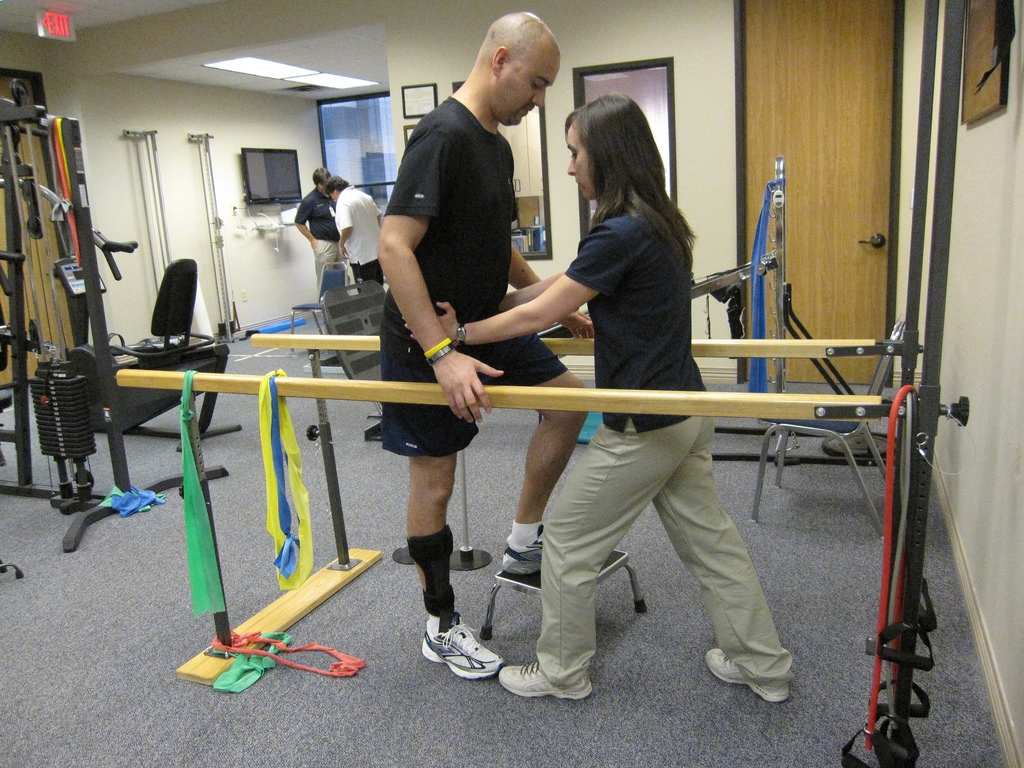Intermittent leave of absence under the FMLA and CFRA
Contributors

Christian Scali

Jennifer Woo Burns

Jasmin B. Bhandari
The term “leave of absence” is usually associated with a long period of time during which an employee is continuously absent. So employers may not realize that “intermittent leave,” (i.e., short periods of time-off or a reduced schedule) that an employee requests for a serious health condition may qualify for leave protection under the Family Medical Leave Act and the California Family Rights Act.
For what purposes may intermittent leave be taken?
Intermittent leave may be used for any purpose otherwise allowable for FMLA/CFRA leave, including, but not limited to, medical treatments, doctor visits, recovery time or other covered purposes needed for the employee’s serious health condition or that of a covered family member. Employees who need intermittent leave for planned medical treatment must make a reasonable effort to schedule the treatment to avoid unduly disrupting the employer’s operations. Under the FMLA, intermittent time-off or a reduced schedule for baby bonding is allowed only if the employer agrees. Under the CFRA, an employee may use such leave for baby bonding at their option for minimum increments of two weeks at a time, but the employer must grant a request for leave of less than two weeks on any two occasions.

Photo by Roger Mommaerts
How is intermittent leave calculated under the FMLA and CFRA?
For eligible full-time employees, the usual 12 weeks of leave time is available for intermittent leave, but only the amount of leave actually needed and taken while on intermittent or reduced schedule leave may be charged as FMLA and/or CFRA leave. Employers may account for such leave in the shortest period of time that their payroll systems use to account for time-off, provided it is one hour or less. For employees working part-time or on a fluctuating hours schedule, the 12 weeks allowed is the equivalent of 12 normally scheduled workweeks. As such, for eligible employees working more or less than the standard five full days per week, the number of working days constituting 12 weeks is calculated on a pro rata or proportional basis. If an employee’s normal weekly hours fluctuate, the employer should use a 12-month average of weekly hours worked prior to the commencement of the employee’s leave.
Tracking intermittent leave can get complicated, so we advise that you review any such situations with employment counsel.
